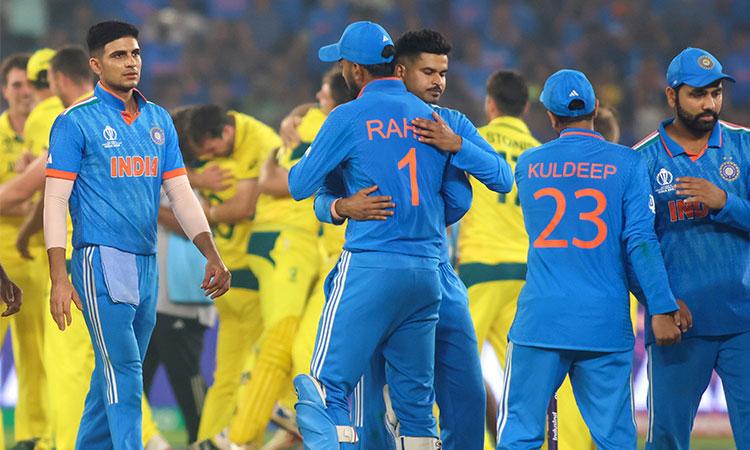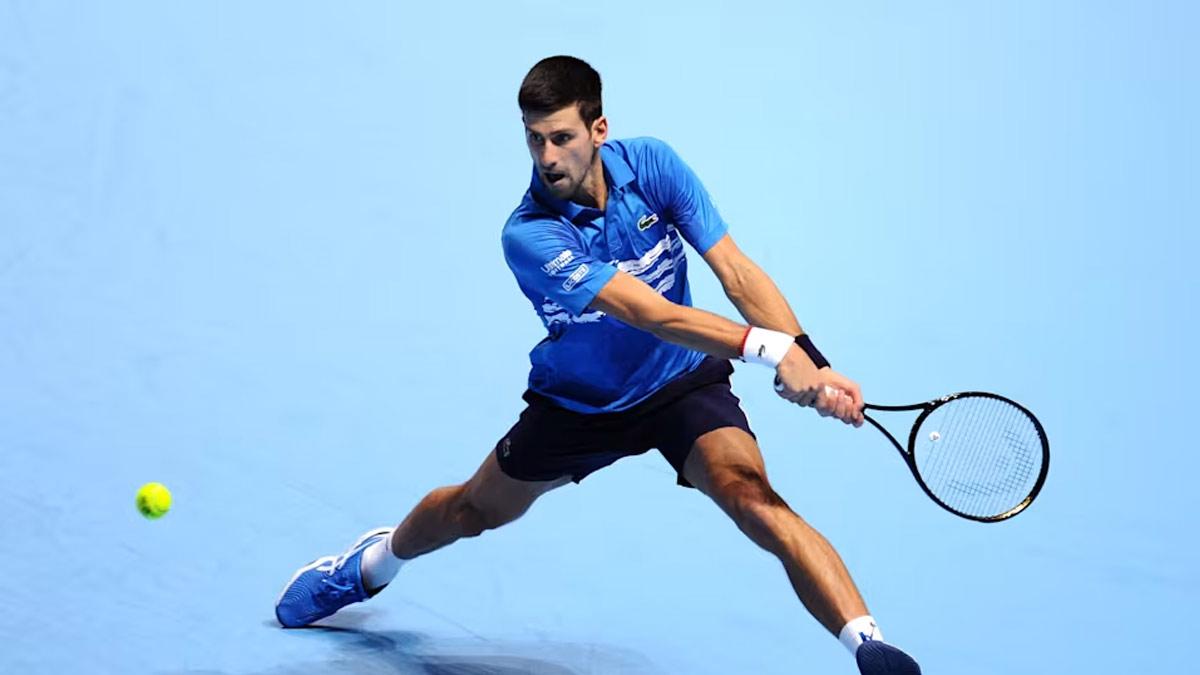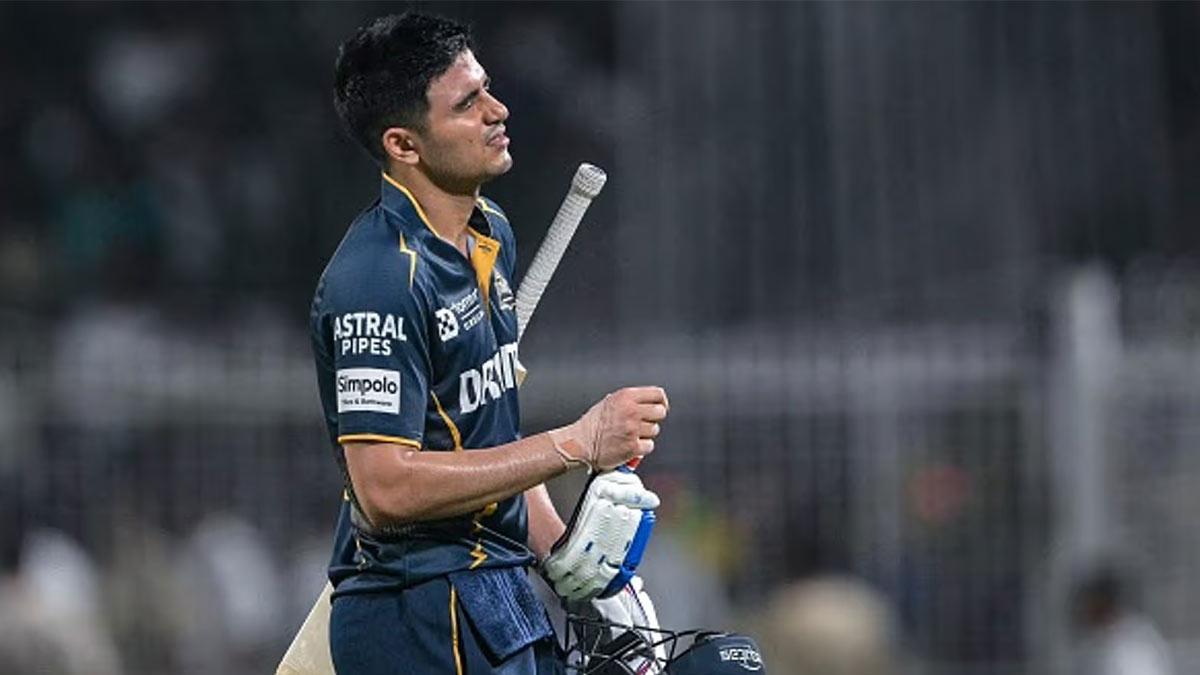In the recent Men’s ODI World Cup final, Nasser Hussain, the former England captain, pointed out a critical factor that hindered India's performance against Australia. Hussain emphasized how India's extended lower-order batsmen caused a setback, compelling Virat Kohli and KL Rahul to play cautiously for an extended period.
India, considered the tournament favorites, showcased dominance by winning ten consecutive matches. However, their unbeaten streak met its end in the final against Australia, where they suffered a six-wicket loss in Ahmedabad.
Kohli (54) and Rahul (66) stitched together a 67-run partnership. Despite their efforts, they couldn't accelerate the scoring due to Australia's disciplined bowling and fielding. The absence of Hardik Pandya, sidelined by a left ankle injury, meant India had a lengthy tail starting from number eight, which influenced Kohli and Rahul to tread cautiously, wary of a fragile lower order.
Hussain expressed in his Daily Mail column that India might have misjudged the pitch selection for the final. He suggested that opting for a dry surface, presumably to favor spinners, may have inadvertently favored the opposition. He referenced the semi-final in Mumbai, where a high-scoring encounter showcased India's batting prowess on a different surface, leading to a significant victory.
Highlighting Australia's skipper Pat Cummins' bold decision to bowl first, Hussain commended the strategic move, contrary to conventional wisdom favoring setting a target in a final. Cummins' foresight in reading the pitch conditions paid off as the dry surface gradually transformed into a better batting pitch with the evening dew, favoring Australia's batting later in the game.
Hussain lauded Cummins' astute captaincy, acknowledging his precise field placements and the effectiveness of the Australian bowling unit, especially Mitchell Starc's adeptness with reverse swing and Cummins' variation with slower deliveries.
The victory in the final marked a turnaround for Cummins, who faced criticism earlier in the tournament after Australia's initial losses. Hussain noted Cummins' growth in confidence, culminating in a remarkable victory on Sunday.
In essence, Hussain's analysis shed light on India's tail-end vulnerability, a potential misjudgment in pitch selection, and Cummins' commendable leadership that turned the tide in Australia's favor in the crucial final clash.
(With Agency Inputs)


















